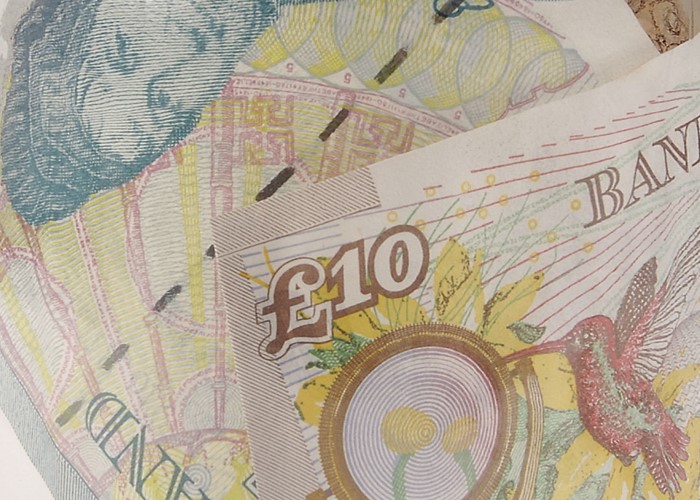Savers can still get 4%

Savers have had a rotten year, but they got a smidgen of good news last week.
This article was first sent to readers as a '360 degrees' email.
Savers have had a rotten time over the last 12 months. The financial crisis has forced the Bank of England to cut its base rate to an incredibly low 0.5%, and rates on most savings accounts have tumbled too.
A bit of good news
However, savers did get a bit of good news last week. The Bank of England decided to leave the base rate alone this month. We've avoided the dreaded 0%. Hopefully, that will mean the banks and building societies won't make any further cuts in savings rates.
But even though we've avoided a cut, it's still a poor climate for savers, so it's worth spending some time finding the best account for your needs.
For many people, I think that means a fixed rate bond. That's because there are several bonds paying more than 4% whereas the best easy access accounts offer just 3%.
Fixed rate factors
So, if you're thinking about opening a fixed rate bond, here are some points to help you make a decision.
The big downside of bonds is that your money is tied up. With some bonds you might only lock your money away for a year, but with others it could be as long as five years.
And there's normally a trade-off between the bond's term and the rate you receive. The longer the term, the higher the rate.
Don't forget, if you want to take your money out early, you'll probably have to pay a penalty and you'll wish you'd gone for a bog standard instant access account instead.
Another issue is inflation. The base rate won't stay at 0.5% forever, and some economists think the current recession could be followed by a period of high inflation. If inflation takes off, the Bank of England will have to raise the base rate to fight rising prices. So 4% may seem like a decent rate now, but it might not be so good in three or four years.
That said, my personal view is that inflation won't pick up for a while yet. So I doubt that you'll be too fed up if you take out a bond for one year, or even two.
Finally, don't forget cash ISAs. You can put up to £3,600 each year into a tax-free wrapper. A higher rate taxpayer will then effectively boost their savings rate by 40%, while a basic rate taxpayer gets a 20% boost. So, cash ISAs may be the better bet for you. There are even some fixed-rate cash ISAs out there too.
My favourite fixed rate bonds
So here's the most important bit. Which are my favourite fixed rate bonds?
Well, Halifax increased the rates on its Fixed Rate Web Saver account this week. Admittedly, you do have to have a Variable Rate Web Saver account as well, but the Fixed Rate Web Saver pays out 4.3% for a five year term. (The minimum deposit is £500.)
However, for a one year period, this account only pays out 3.4%. You'd be better off with the ICICI HiSAVE Fixed Rate Account which pays 3.9% for one year. Over two years the ICICI bond is even more attractive with a 4.1% savings rate. The minimum deposit for both ICICI accounts is £1,000.
At the height of the financial crisis last autumn, there were some concerns that ICICI might hit trouble. In my view, the bank looks safe but even if I'm wrong, all ICICI accounts are protected by the Financial Services Compensation Scheme (FSCS). So any deposit up to £50,000 is completely safe.
My other favourite account is Nationwide's fixed rate bond. It's attractive because the minimum deposit is just £1. It pays 4.15% for a five-year bond, 3% for a two-year bond and 2.85% for a 1-year bond.
So there you have it - three good accounts that pay you a decent, guaranteed return.
More: Get motivated to save! | Offshore vs. UK savings accounts
Comments
Be the first to comment
Do you want to comment on this article? You need to be signed in for this feature